Even well-maintained homes face occasional plumbing issues, especially when systems have aged or weren’t built with long-term durability in mind. Small symptoms can easily be overlooked, yet they often signal deeper problems hiding behind walls or beneath floors. Knowing the most common trouble spots helps homeowners react faster, protect costly fixtures, and prevent damage from spreading. Here are eight plumbing issues that frequently appear in homes and what usually causes them.
1. Persistent Dripping Faucets

A dripping faucet often starts with worn washers or cartridges that weaken after years of daily use. Mineral buildup from hard water, combined with steady friction inside the faucet body, gradually prevents these parts from sealing properly. Although the drip may seem minor, it wastes water, increases bills, and accelerates corrosion around valve seats. When ignored for too long, the moisture can stain sinks and allow leaks to spread into surrounding hardware. Replacing the internal components early restores water flow, reduces waste, and helps extend the lifespan of older fixtures without requiring major repairs.
2. Slow or Clogged Drains
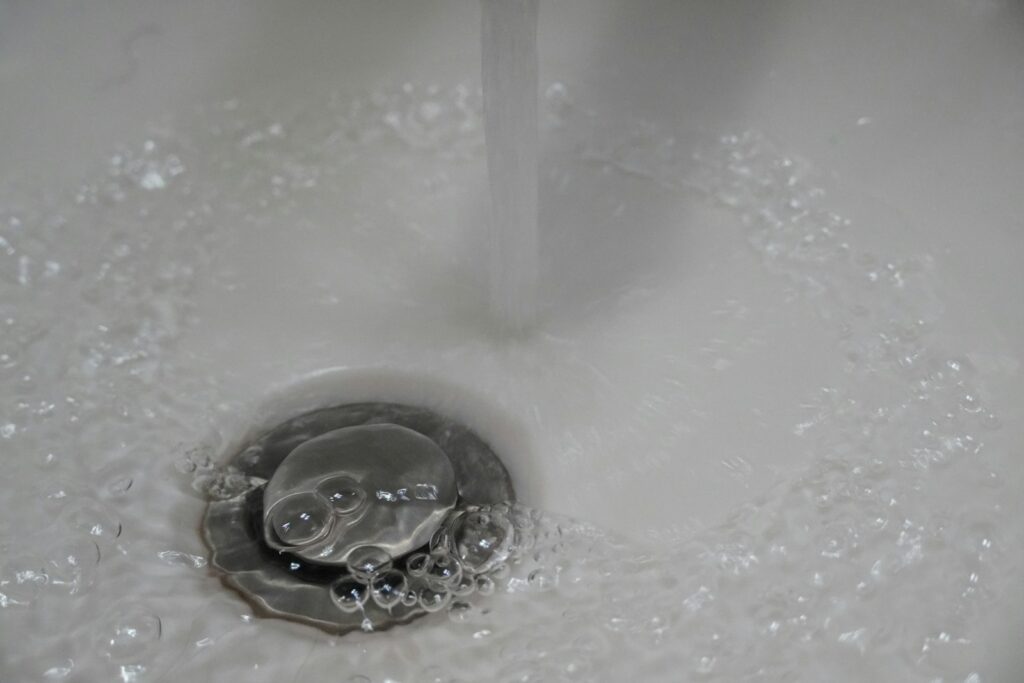
Clogged drains typically form as soap, grease, hair, and food debris accumulate along the inner walls of pipes. Older homes, especially those built with narrower drain lines, experience this more frequently since buildup restricts flow faster in smaller spaces. Over time, the obstruction thickens until sinks or tubs drain sluggishly, and smells may start rising from trapped organic matter. Harsh chemical cleaners can worsen the issue by damaging aging pipes. Using mechanical cleaning methods, such as snaking or hydro-jetting, keeps the original plumbing intact while restoring smooth movement of wastewater through the system.
3. Running Toilets

A running toilet usually signals worn flappers, mineral-covered fill valves, or aging tank mechanisms that no longer seal tightly. As these parts deteriorate, water continuously cycles through the tank, wasting large amounts each day. The constant flow encourages additional mineral buildup around internal components, making the problem worse over time. Many homeowners ignore the noise, but doing so can lead to higher bills and premature wear inside the tank. Replacing the faulty pieces with modern, water-efficient parts restores proper function, stops unnecessary water loss, and prevents further stress on the home’s plumbing system.
4. Low Water Pressure
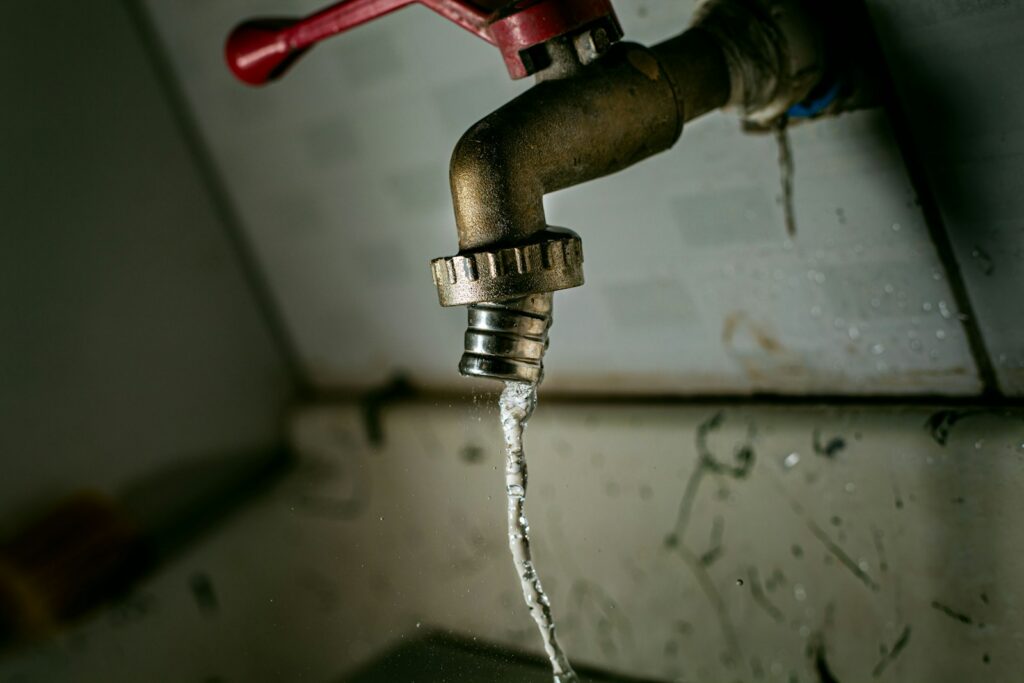
Low water pressure often appears in homes built with galvanized steel pipes, which corrode internally after decades of exposure. As rust and mineral deposits form inside the pipe, the passage narrows and reduces the force of water reaching faucets and showers. Pressure issues can also arise from partially closed valves, hidden leaks, or aging regulators. Many homeowners dismiss the reduced flow as a minor inconvenience, but it may signal deeper deterioration. Having the system inspected early prevents sudden bursts, protects fixtures, and ensures the plumbing continues to deliver consistent performance for daily tasks.
5. Hidden Water Leaks
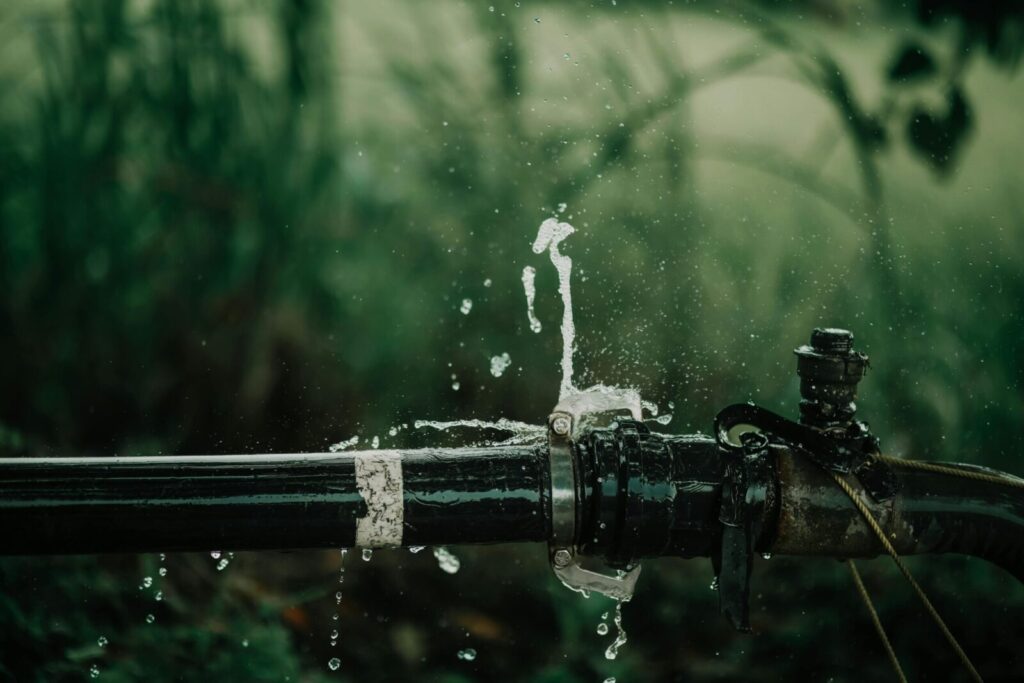
Hidden leaks usually develop in joints or pipe sections weakened by age, temperature shifts, or subtle foundation movement. These slow leaks often remain unnoticed because they occur behind walls, under cabinets, or beneath floors. Over time, the moisture encourages mold growth, stains surfaces, and weakens structural materials like wood and drywall. Musty odors or unexplained dampness are often the first signs that something is wrong. Using modern detection tools helps locate leaks before major damage occurs. Prompt repairs protect both the plumbing system and the home’s internal structure from long-term deterioration.
6. Water Heater Troubles

Water heaters slowly collect sediment at the bottom of the tank as minerals separate from heated water. This buildup forces the heater to work harder, reducing efficiency and shortening the appliance’s lifespan. Older units may also experience failing thermostats, rusted elements, or small cracks that eventually create leaks. Inconsistent temperatures, rumbling sounds, or rusty water are typical warning signs. Flushing the tank regularly and scheduling inspections keep the system running smoothly. When a heater nears the end of its service life, replacement is often more cost-effective than frequent repairs or unexpected breakdowns.
7. Faulty Shut-Off Valves
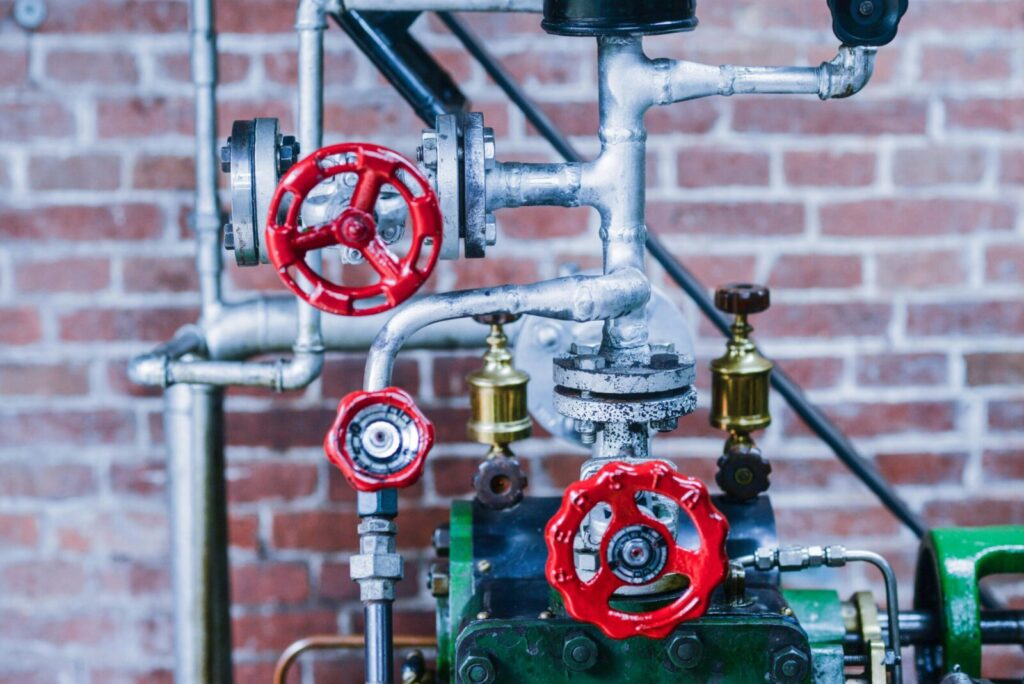
Shut-off valves installed during original construction often stiffen or corrode after years without use. When an emergency occurs and a valve fails to turn, water can flow freely and cause major damage in minutes. Many homeowners discover the issue only when they need the valve the most. Regularly testing these valves ensures they still function properly and haven’t seized. Replacing older gate valves with modern ball valves offers smoother operation and more dependable control. Keeping valves in good condition provides essential protection when leaks occur and helps prevent avoidable flooding inside the home.
8. Sewer Line Backups
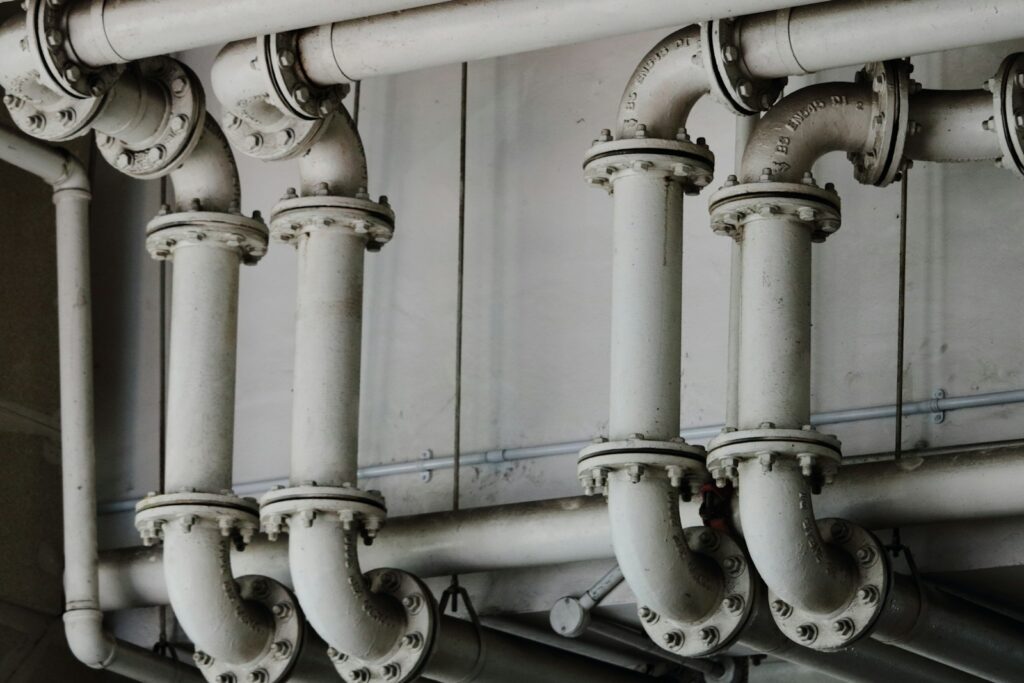
Sewer line backups often stem from aging underground pipes that crack, sag, or fill with invading tree roots. As debris collects around damaged sections, wastewater slows and eventually returns through household drains. Early clues include gurgling noises, foul odors, or repeated clogs that don’t resolve with normal cleaning. Because sewer problems affect sanitation and can require extensive excavation, they shouldn’t be ignored. Regular camera inspections help identify weaknesses before they become emergencies. Clearing roots and repairing compromised areas keeps the system flowing properly and protects the yard and home from messy backups.
Comments